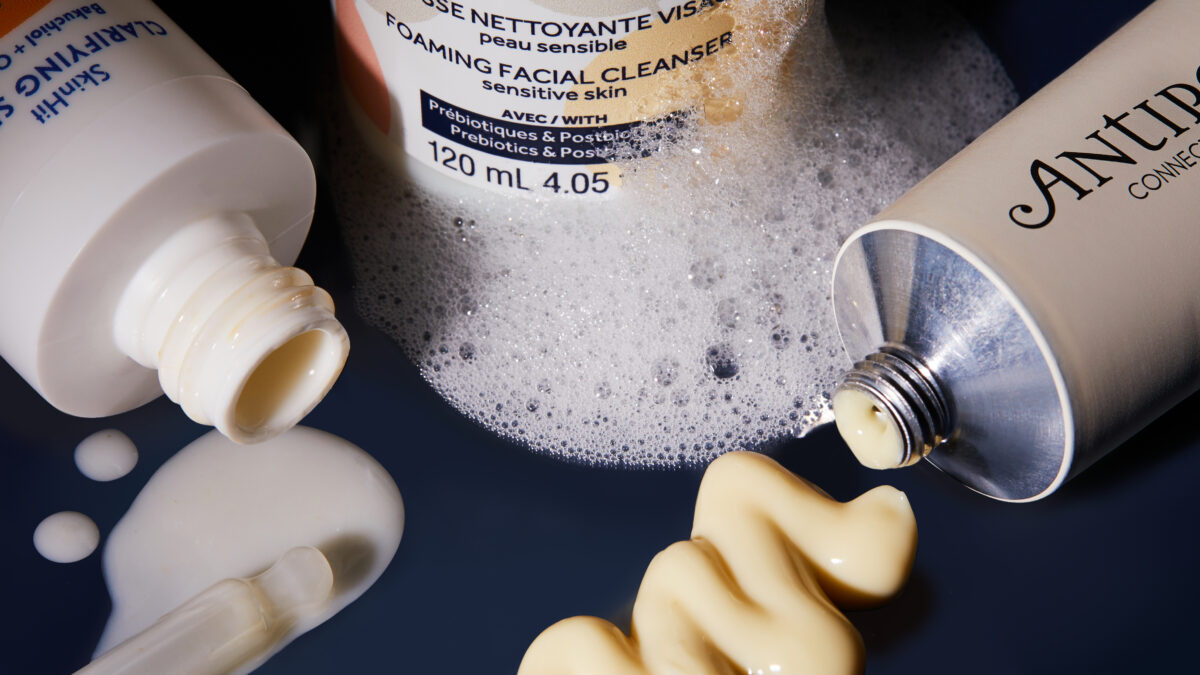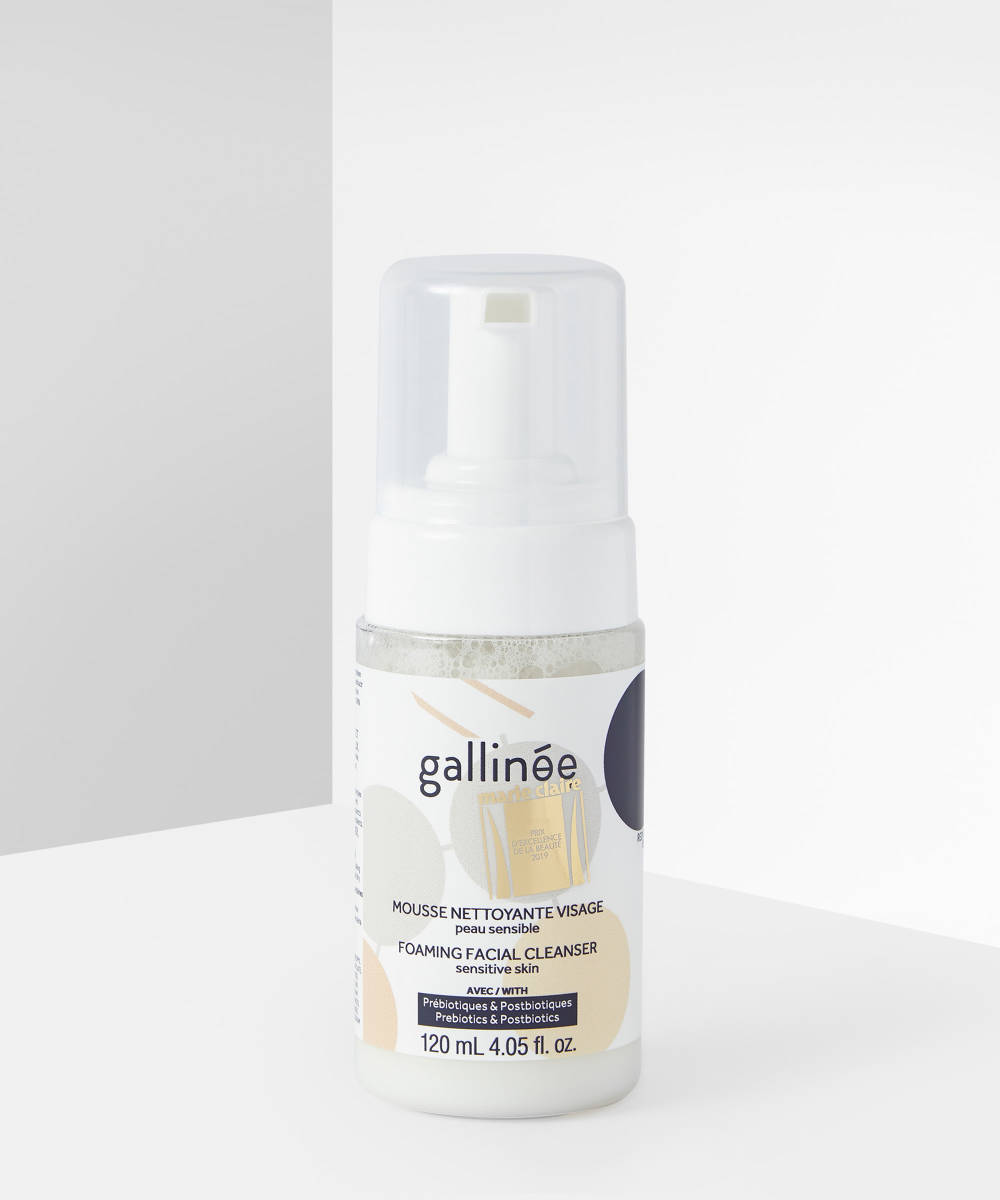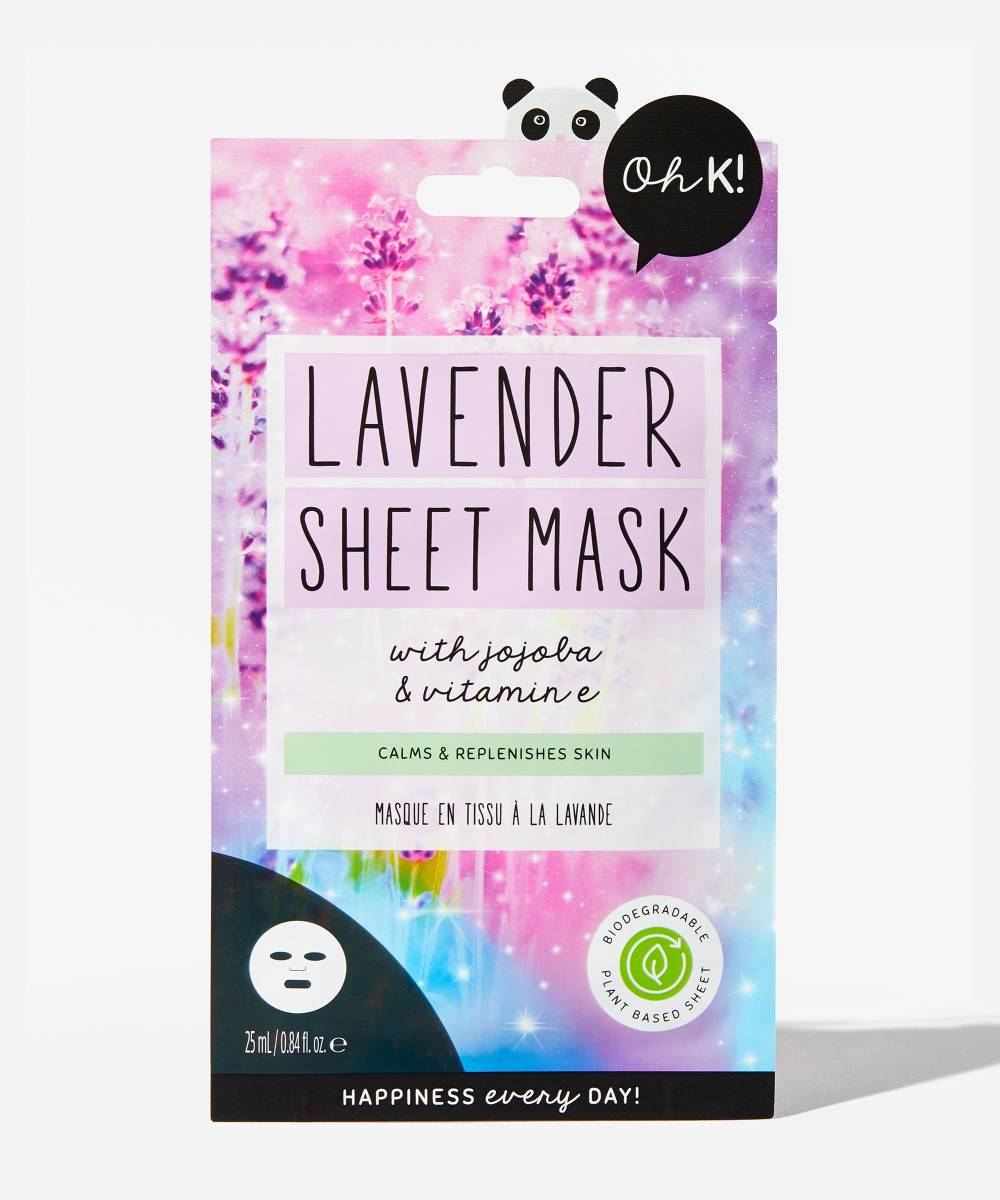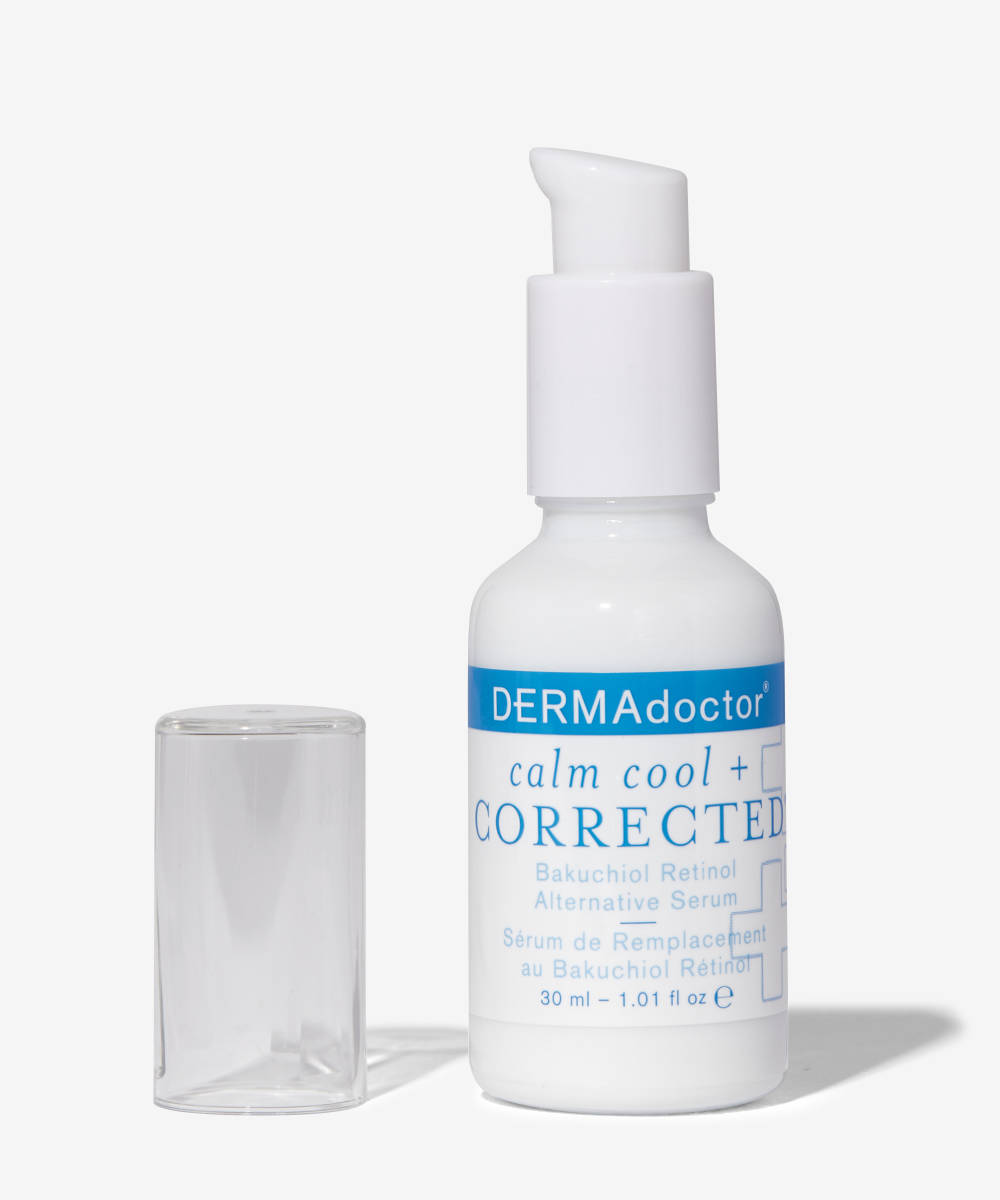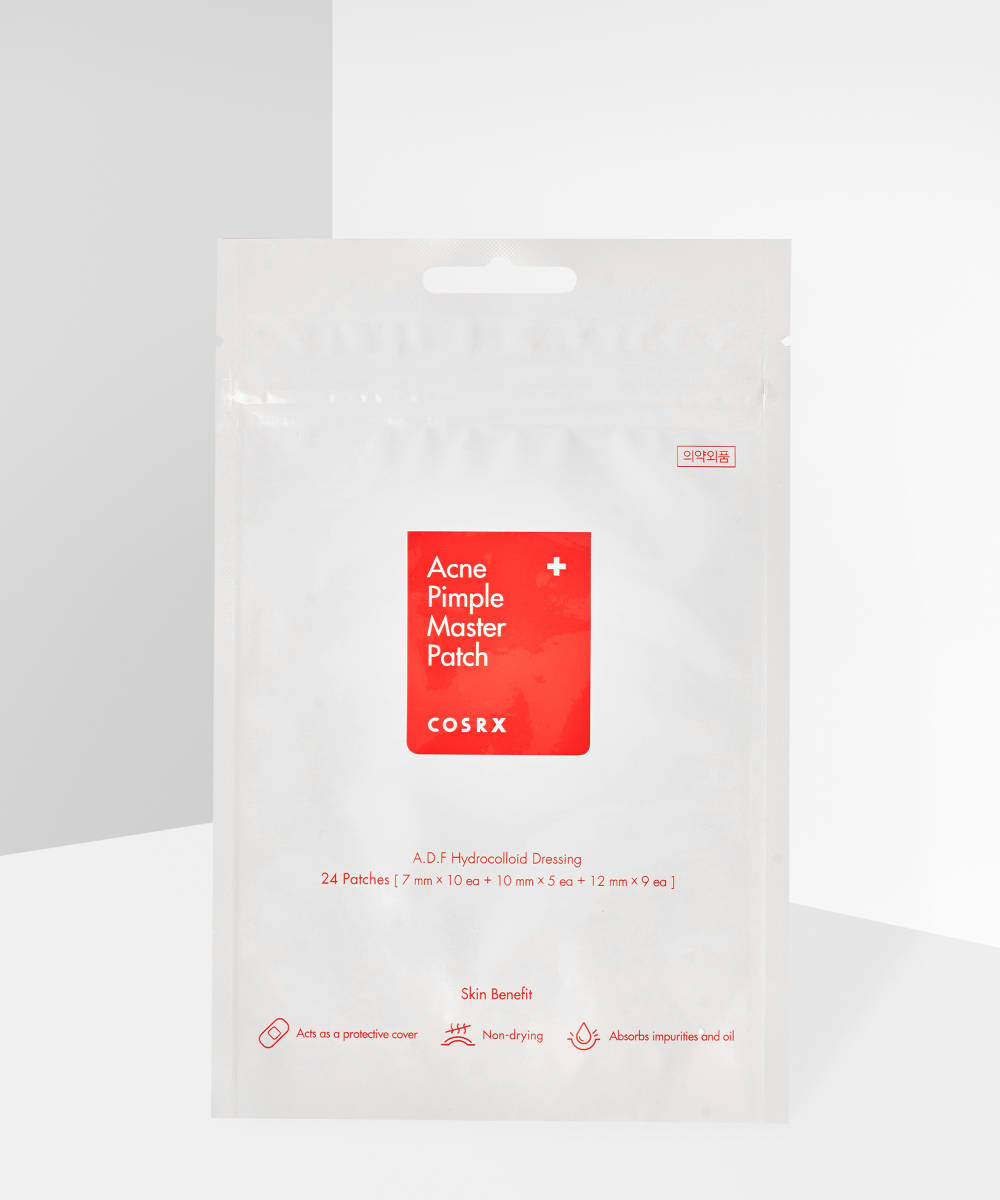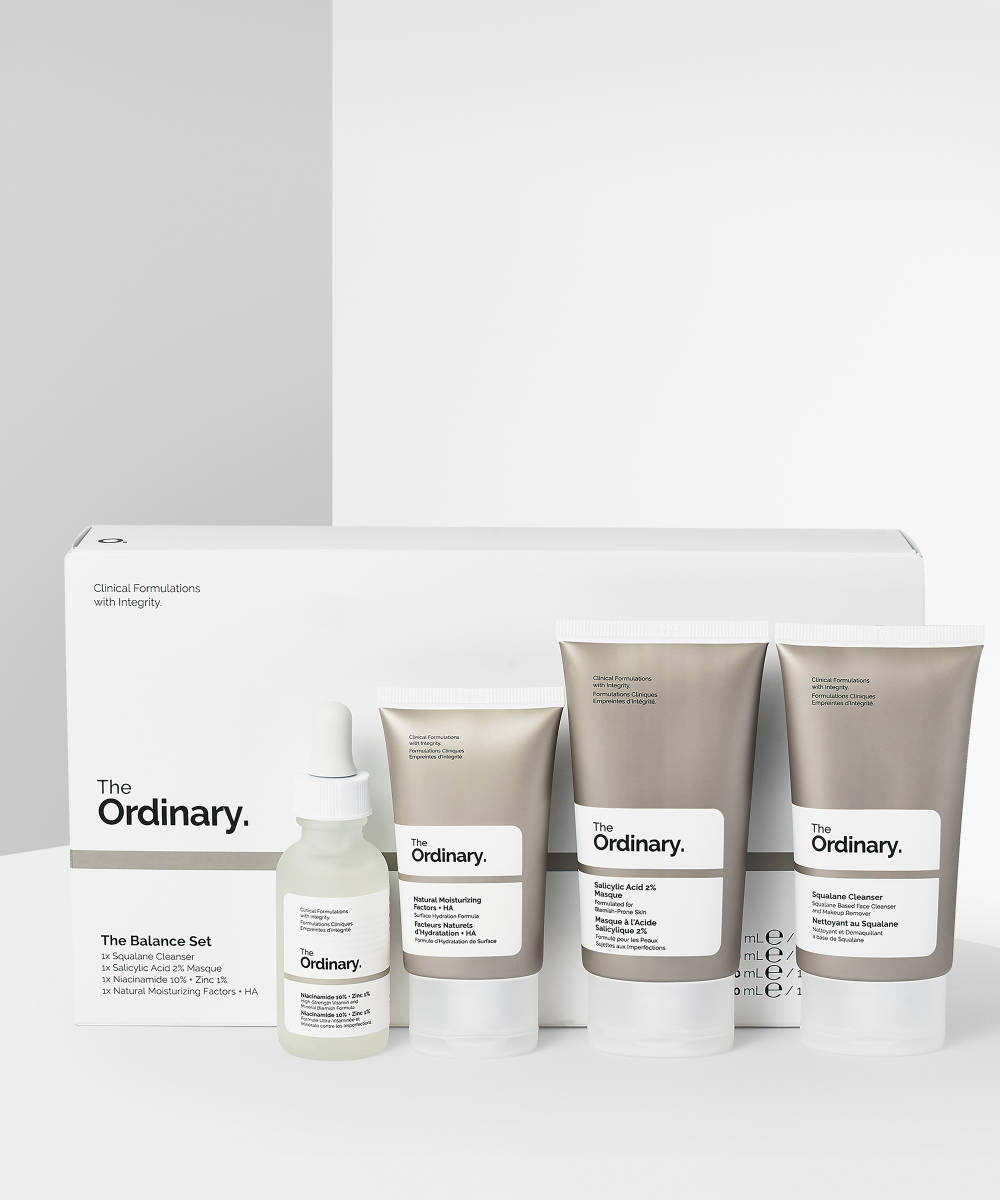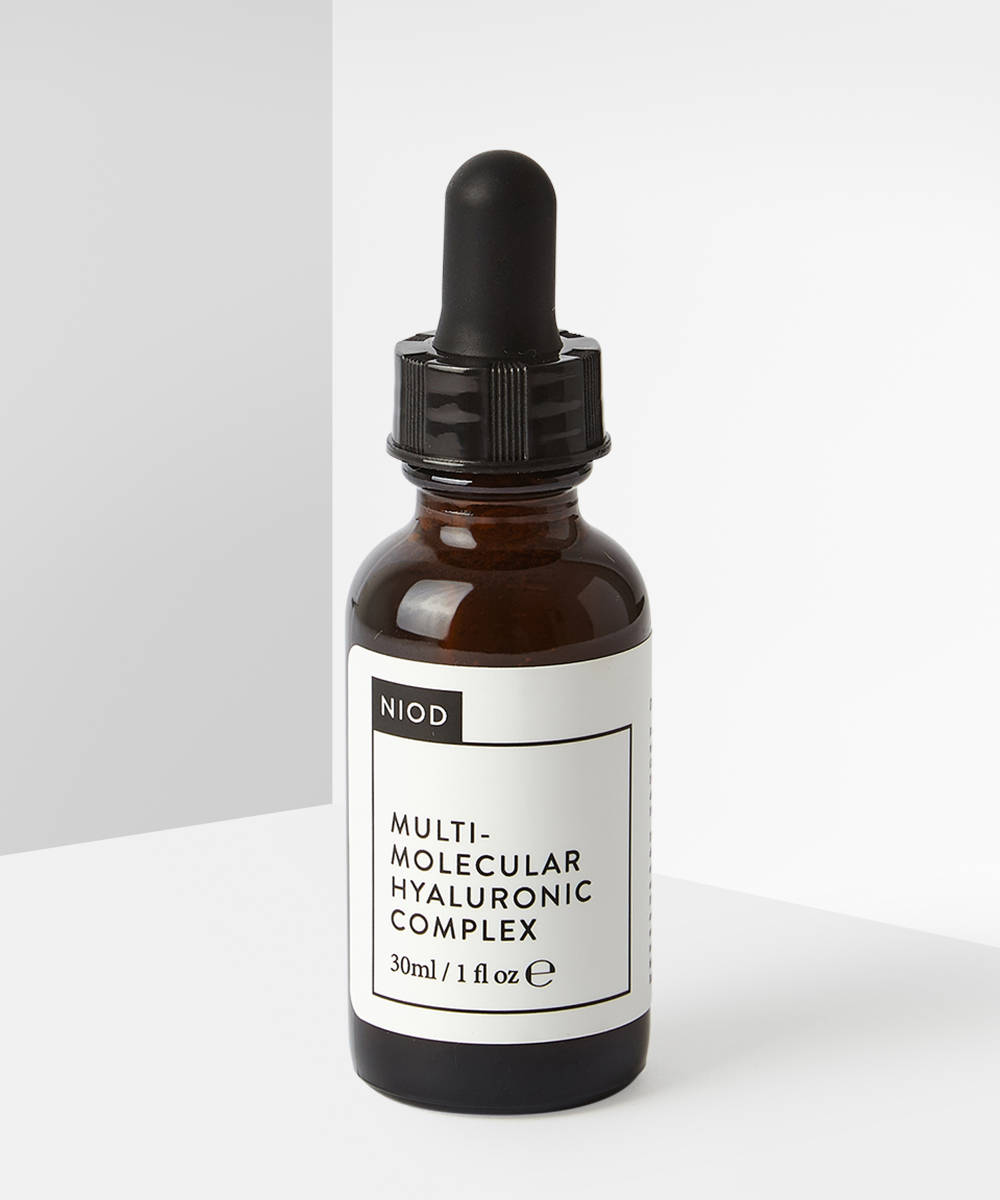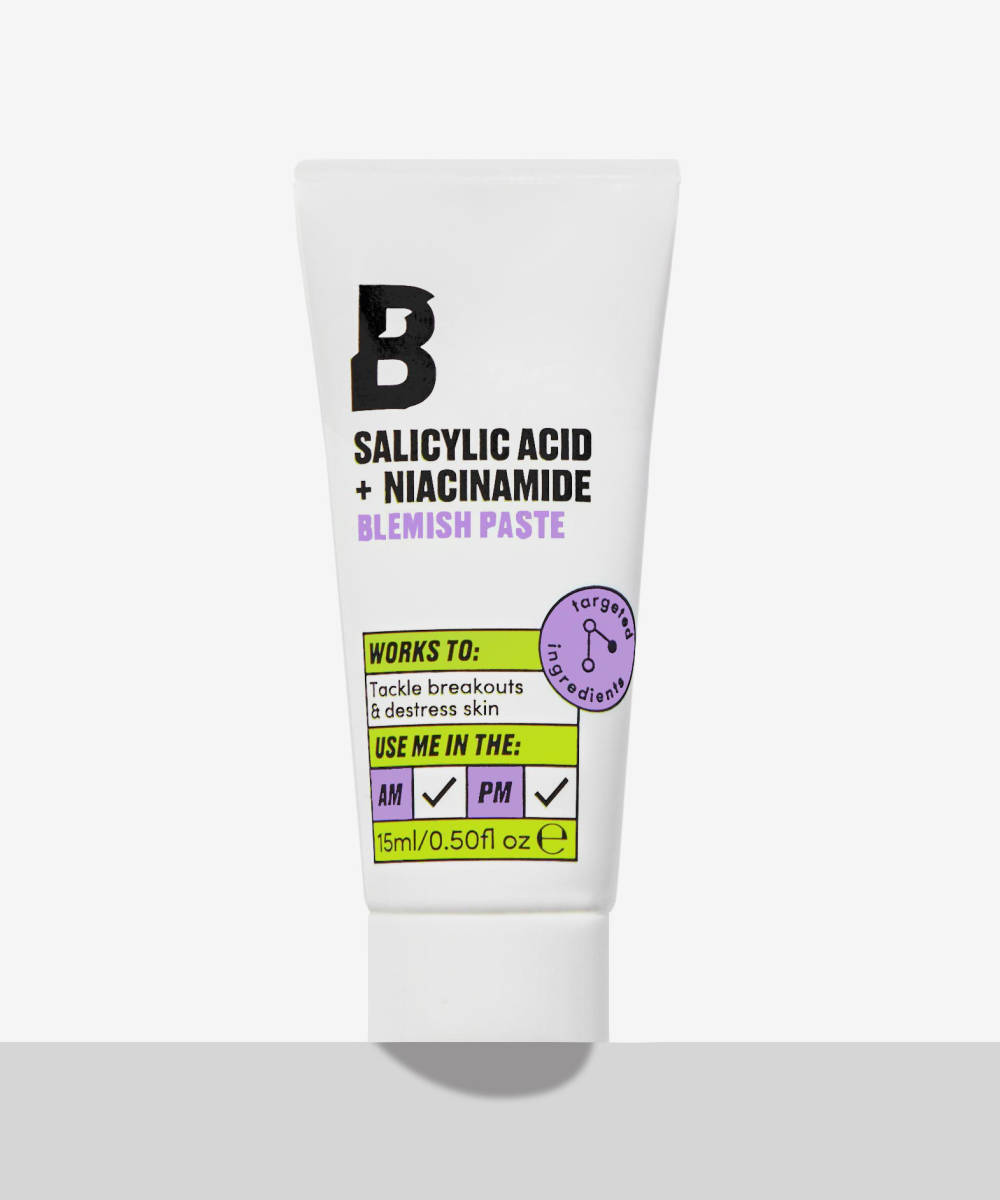Ahh skincare. Gone are the days where we used a single makeup wipe and the occasional face wash – instead our shelves, drawers, and cupboards are now filled to the brim with every serum, moisturiser, and face mask that you could possibly imagine. Naturally, with so many products now being available and so many brands claiming that theirs is the best, it can all get a little bit confusing. There’s a lot of big opinions out there and decoding what is fact and what is fiction can be a difficult task. So, we’re here to cut through the BS and debunk some of those myths.
Foaming face washes
For some people, the word ‘foaming’ on a cleanser bottle is probably one of the worst (skincare-related) things that they could see. Although back in the day foaming cleansers may have been stripping, harsh, and over-drying on the skin, this is 2020 and things have changed. Due to foaming cleansers having foaming agents inside them, this can make the pH of the formula quite harsh on the skin, leaving it unbalanced and a little stressed-out. But there are exceptions to the rule – the Gallinee Foaming Cleanser being one of them. The ultra-calming formula contains 92% natural ingredients and pH of 5, meaning that it won’t leave the skin feeling dried out or tight. The addition of skin loving prebiotics into the mix means that this foaming cleanser is probably better than most of its balm and lotion counterparts. Try it out for yourself and you won’t look back.
Fragrance in skincare
Perhaps one of the most longstanding debates in skincare is whether fragrance is bad for your skin. On the whole, you should steer clear of synthetic fragrances, but natural fragrances (for example honey or plant extracts) or small amounts of synthetic fragrance are unlikely to have a negative impact on your skin. Plus, if a fragrance makes a product smell great and increases your enjoyment, we’re all for it.
You'll outgrown acne
Remember struggling with breakouts in your teens and the adults reassuring you that you’d soon ‘grow out of it’… turns out they were filling us with false hope. Great. Although acne is more common in teens, having adult acne is just as likely. Things like stress, hormone changes, and medical conditions like PCOS can all contribute to why you might be experiencing acne in adulthood. Luckily, we’re now much more equipped to understand acne and treat it with the whole plethora of products that are available to us. Our go-to? The DERMAdoctor Calm Cool + Corrected Bakuchiol Retinol Alternative Serum formulated with bakuchiol (a natural retinol alternative), this serum helps to clear breakouts, prevent scars, and restore the skin all in one go.
Dirty skin causes acne
Let’s get this straight – acne is not a result of dirty skin. You can have the cleanest skin in the world and still have acne, because the two are not related. Acne is caused when the hair follicles or pores in the skin become blocked with excess sebum and dead skin cells, resulting in spots. This is a process that happens below the surface of the skin and is not caused by dirt or bacteria on our complexions. Yes, it is important to keep your skin clean regardless of whether you have acne or not, but dirt is not the cause of your spots. In order to draw the excess sebum and dead skin cells from a spot, you’ll be needing the COSRX Acne Pimple Master Patches.
Expensive skincare is more effective than inexpensive skincare
A lot of luxury beauty companies will lead you to believe that the efficacy of a product is directly dependent on its price – that isn’t true. Over recent years, we’ve seen ground-breaking companies, like The Ordinary, prove that great skincare doesn’t have to break the bank. Stripping back on all the glossy ad campaigns and packaging and focusing on just what’s inside the bottle has led them to be one of the most recognisable brands out there. Yes, the names might be confusing, and we might not be able to pronounce half of them, but one thing we’re all sure on is that their formulas produce real results. Take The Balance Set for example – this contains all the basics of a good skincare regime for you to build upon.
Natural vs. synthetic ingredients
Although eating natural ingredients may (on the whole) be better for you, when it comes to skincare, natural doesn’t necessarily mean better. In fact, some natural ingredients can actually have adverse effects on your skin. Yes, there are natural ingredients that work wonders for a lot of people and provide good results, but most of our fave ingredients are synthetic. Take hyaluronic acid for example – the hydration hero that a lot of us, no matter what our skin type, couldn’t be without. When it comes down to it, there’s not one that’s better than the other. There are some natural ingredients that are great for your skin, as well as synthetic ingredients that just as effective.
Spot treatments work by drying out the spot
If you ever used to put toothpaste on your spots as a teen, it may surprise you to know that this wasn’t an effective treatment for your breakouts. The belief that spot treatments should ‘dry out’ the spot is misleading. Yes, treatments like these can make the spot appear smaller, but they’re not getting rid of and treating the root cause of the blemish. Instead, you should be reaching for products that contain ingredients such a salicylic acid, which helps to break down the sebum and impurities inside the spot. We’re not bias, but the Skincare By BEAUTY BAY Salicylic Acid + Niacinamide Blemish Paste is the best we’ve ever tried. This spot paste not only banishes breakouts with salicylic acid, but it also uses prebiotics that help to calm and soothe the skin, as well as fighting against post-blemish pigmentation. Your toothpaste just got a major upgrade.
